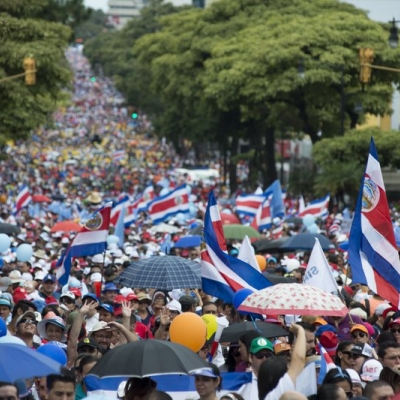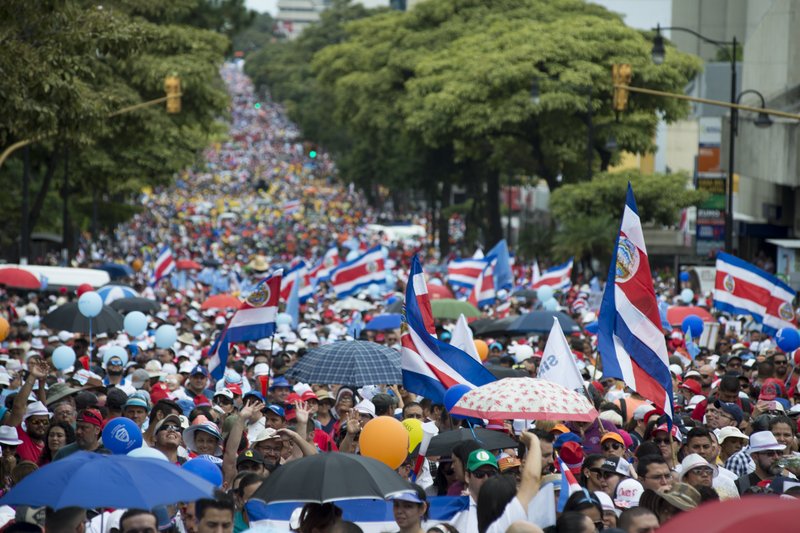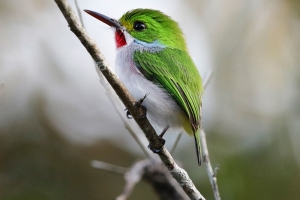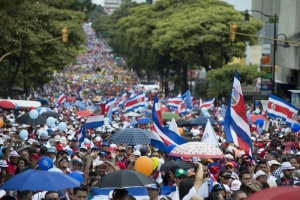Suspendisse et sapien tincidunt, malesuada mi at, sagittis urna. Duis non tristique tellus. Phasellus laoreet eros vitae erat maximus, a placerat magna fermentum.
Aenean eleifend
Aliquam elementum ligula sed dui laoreet tincidunt. Nunc convallis sapien in justo luctus, nec tincidunt velit scelerisque.
Curabitur aliquet
Nam viverra fermentum lacus, quis efficitur quam porttitor sed. Morbi dapibus commodo molestie.
pages_dest_global_cont_block_d5d3d98a-3126-41ab-b314-7a8ba2bc7c27
Fusce lobortis orci ac tellus euismod efficitur. Duis a orci eget lacus luctus molestie.
Madrid Barcelona Cusco CordobaPellentesque sagittis placerat nulla quis cursus. Aliquam tempus est pellentesque metus elementum, eu ultricies mi molestie. Quisque pellentesque at sem ut ornare. Aenean ac ullamcorper elit. Nullam ex ipsum, consequat vel finibus non, fermentum nec velit.
Praesent nunc quam, egestas ut blandit vel, dictum eget lectus. Phasellus sit amet ipsum tempus, gravida ipsum efficitur, vestibulum sem. Duis id est sapien.
Quisque tincidunt ipsum mauris Nam viverra fermentum lacusCurabitur sed tortor et mauris
Quisque mattis faucibus dictum. In tempus tincidunt dui, luctus maximus quam.
Vestibulum ultricies venenatis erat. Nunc tempus urna justo, porta viverra neque suscipit et. Curabitur imperdiet ligula dui, nec sollicitudin sapien pulvinar eget.
Pellentesque varius aliquam lacus, in suscipit est. Morbi bibendum luctus lacus, sit amet dapibus lacus congue eu.
Vestibulum ultricies venenatis erat. Nunc tempus urna justo, porta viverra neque suscipit et. Curabitur imperdiet ligula dui, nec sollicitudin sapien pulvinar eget.
Pellentesque varius aliquam lacus, in suscipit est. Morbi bibendum luctus lacus, sit amet dapibus lacus congue eu.

Vestibulum ante ipsum primis
Praesent sed tortor a nulla congue maximus
Morbi purus nisi, ultricies sit amet consequat at, rutrum et est. Integer dapibus ipsum dui, placerat semper quam vestibulum quis. Curabitur facilisis, odio at ornare fringilla
Morbi ultricies
Orci varius natoque penatibus et magnis dis parturient montes, nascetur ridiculus mus. Curabitur sed nunc interdum, dictum mauris ut, mollis dolor. Sed venenatis commodo ultrices.
Mauris quis leo ut turpis
Vestibulum ac urna quis leo bibendum volutpat. Duis efficitur nisi at mi rutrum fringilla. Maecenas cursus eros a pulvinar mattis.



